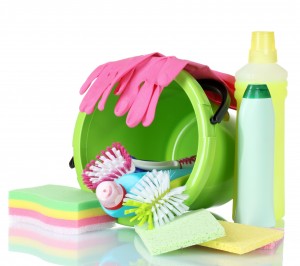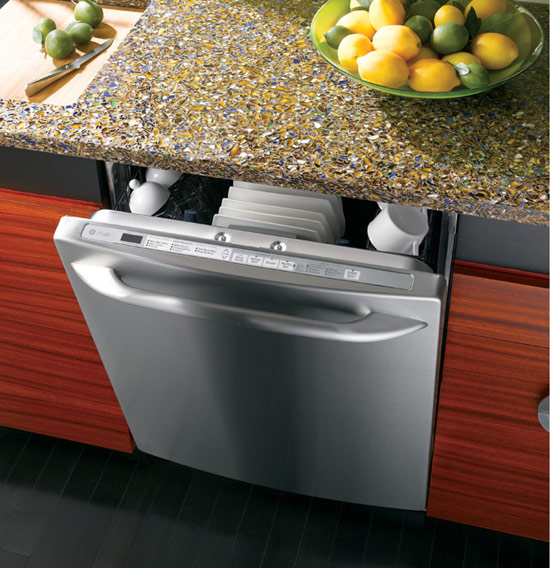Chemicals In The Home
Toxic Chemicals in the Home
In case of any accidental poisonings contact your local Poison Control Center – 1-800-222-1222
visit www.aapcc.org for additional information.
Safe Alternatives to Toxic Cleaning Products – Natural Home Cleaners
You might not even know that your home is crawling with products that are filled with toxic ingredients. Our list here is just a small portion of chemicals that are most commonly found. If you are looking for ways to reduce your toxic load in your home and start using products that are more environmentally friendly and better for your families health check out our list here.
Common Toxic Kitchen Chemicals:
- sodium hypochlorite (in chlorine bleach): if mixed with ammonia, releases toxic chloramine gas. Short-term exposure may cause mild asthmatic symptoms or more serious respiratory problems;
- petroleum distillates (in metal polishes): short-term exposure can cause temporary eye clouding; longer exposure can damage the nervous system, skin, kidneys, and eyes;
- ammonia (in glass cleaner): eye irritant, can cause headaches and lung irritation;
- phenol and cresol (in disinfectants): corrosive; can cause diarrhea, fainting, dizziness, and kidney and liver damage;
- nitrobenzene (in furniture and floor polishes): can cause skin discoloration, shallow breathing, vomiting, and death; associated with cancer and birth defects;
- formaldehyde (a preservative in many products): suspected human carcinogen; strong irritant to eyes, throat, skin, and lungs.
- perchloroethylene or 1-1-1 trichloroethane solvents (in spot removers and carpet cleaners): can cause liver and kidney damage if ingested; perchloroethylene is an animal carcinogen and suspected human carcinogen;
- naphthalene or paradichlorobenzene (in mothballs): naphthalene is a suspected human carcinogen that may damage eyes, blood, liver, kidneys, skin, and the central nervous system; paradichlorobenzene can harm the central nervous system, liver, and kidneys;
- hydrochloric acid or sodium acid sulfate in toilet bowl cleaner; either can burn the skin or cause vomiting diarrhea and stomach burns if swallowed; also can cause blindness if inadvertently splashed in the eyes
- residues from fabric softeners, as well as the fragrances commonly used in them, can be irritating to susceptible people
- possible ingredients of spray starch (aside from the starch) include formaldehyde, phenol, and pentachlorophenol; in addition, any aerosolized particle, including cornstarch, may irritate the lungs.
Common Toxic Bathroom Chemicals
- cresol, formaldehyde, glycols, nitrates/nitrosamines and sulfur compounds in shampoos;
- butane propellants in hair spray (replacing carcinogenic methylene chloride), as well as formaldehyde resins
- aerosol propellants, ammonia, formaldehyde, triclosan, aluminum chlorhydrate in antiperspirants and deodorants'
- glycols, phenol, fragrance, and colors in lotions, creams, and moisturizers.
- Common art materials and metals
- lead in ceramic glazes, stained-glass materials, and many pigments;
- cadmium in silver solders, pigments, ceramic glazes and fluxes;
- chromium in paint pigments and ceramic colores;
- manganese dioxide in ceramic colors and some brown oil and acrylic paint pigments;
- cobalt in some blue oil and acrylic paint pigments;
- formaldehyde as a preservation in many acrylic paints and photographic products;
- aromatic hydrocarbons in paint and varnish removers, aerosol sprays, permanent markers, etc.
- chlorinated hydrocarbons (solvents) in ink, varnish, and paint removers, rubber cement, aerosol sprays;
- petroleum distillates (solvents) in paint and rubber cement thinners, spray adhesives, silk-screen inks
- glycol ethers and acetates in photography products, lacquer thinners, paints, and aerosol sprays.
Common Toxic Chemicals found in the Garage:
- chlorinated aliphatic and aromatic hydrocarbons in paint thinner can cause liver and kidney damage
- petroleum hydrocarbons, an ingredient of gasoline, motor oils, and benzene, are associated with skin and lung cancer
- mineral spirits in oil-based paint are a skin, eye, nose throat, and lung irritant. High air concentrations can cause nervous system damage, unconsciousness and death;
- ketones in paint thinner may cause respiratory ailments; vary according to specific form of the chemical
- ketones and toluene in wood putty; toluene in highly toxic, may cause skin, kidney, liver, central nervous system damage; may damage reproductive system.





